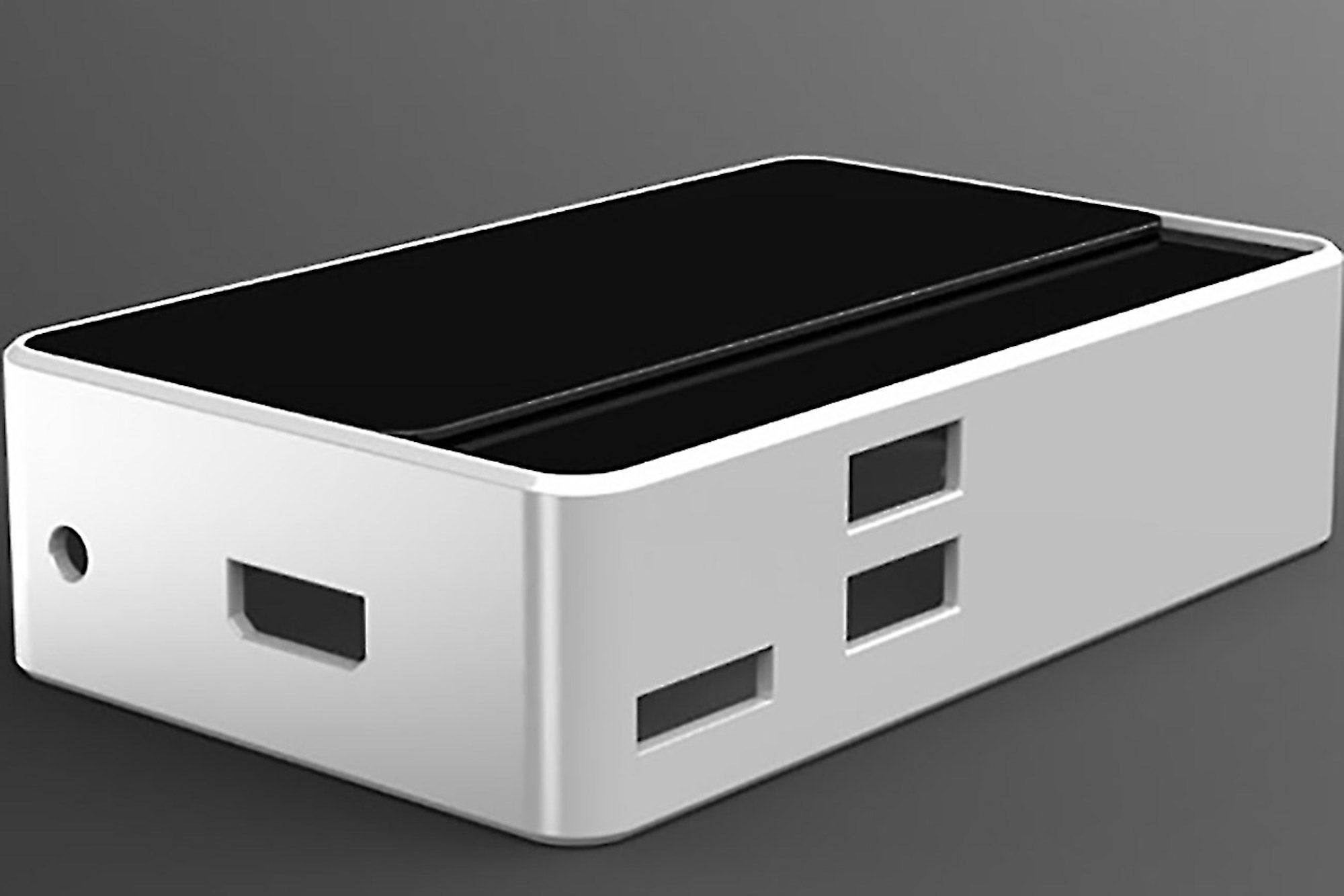3 Tiny, Ultra-Affordable Computing Options for Business Think the Raspberry Pi is the only computer unit that costs less than $100? Consider these alternatives.
Opinions expressed by Entrepreneur contributors are their own.

Over the last few months, you might have heard about something called the Raspberry Pi. First released in the U.K. early last year, this credit card-size Linux-based PC isn't just inexpensive at $25. It has enough brawn to power many business functions, like a bare-bones server, a tech troubleshooting tool or a personal VPN (virtual private network).
It was released in the U.S. last week and sold out in a matter of hours.
If your startup is in need of a small, ultra-inexpensive computing power on-the-go, the Raspberry Pi is far from your only option. Here are three computing tools -- all less than $100:
1. iStick A101
Packing Wi-Fi, a 1 Gh processor and a USB slot, this matchbox-sized computer was designed to drive digital signage. And when connected to a touchscreen display, the iStick A101 can support more than 700,000 apps through its customized Android operating system.
At $49, its price is nearly twice that of Raspberry Pi. But for that cost, users get a more powerful processor and it comes in a simple black shell -- compared to the Raspberry Pi which is a naked circuit board. And don't overlook that spec-bump, because the beefy CPU renders 3-D imagery quickly and clearly.
But without an SD card slot, iStick is more difficult to expand than Raspberry Pi, something savvy users may find limiting.
Related: Gadgets to Make Office Life More Enjoyable
2. Cubieboard
Able to run Android, Ubuntu or Linux operating systems, this $49 system is smaller than a calculator and can do laps around one, too.
With a beefy 1 gigahertz processor, double-to-four-times the memory of Raspberry Pi (depending on configurations) and four gigabytes of storage, the Cutieboard is about as powerful as the first iPhone, at a fraction of the price.
Cubieboard's various ports (ethernet, HDMI, micro SD, and SATA slots, along with two USBs) give the computer near-endless utility. For example, connecting it both to an old SATA hard drive and to your company's ethernet hub, turns Cubieboard into a networked storage device.
3. APC Paper
Google's Chromebooks and Chromeboxes are in high demand, but they're also overpriced -- at least compared to this $99 Android PC.
A full-scale computer packed into an aluminum-lined recycled cardboard casing, the APC Paper is a true "notebook" computer, able to discreetly blend into the background on a shelf or a desktop. (Yes, it's made to look exactly like a small book.)
Under the cover lies a system that's comparable to Raspberry Pi, with an 800 megahertz processor, 512 megabytes of memory, 4 gigabytes of storage, two USB slots, an HDMI output with resolution up to 1080p, an ethernet port, and room for expansion.
By simply connecting a keyboard, mouse and monitor, APC Paper can make a handy, internet-connected workstation.









